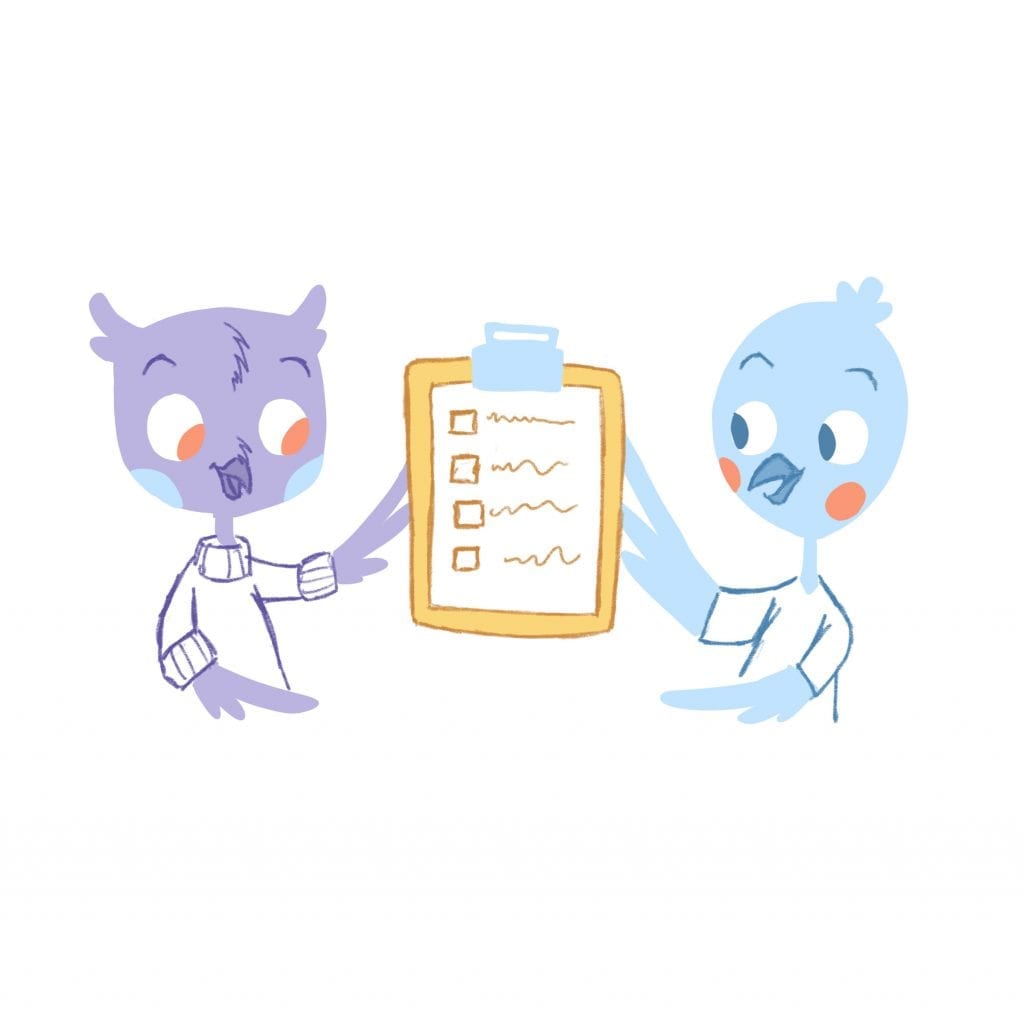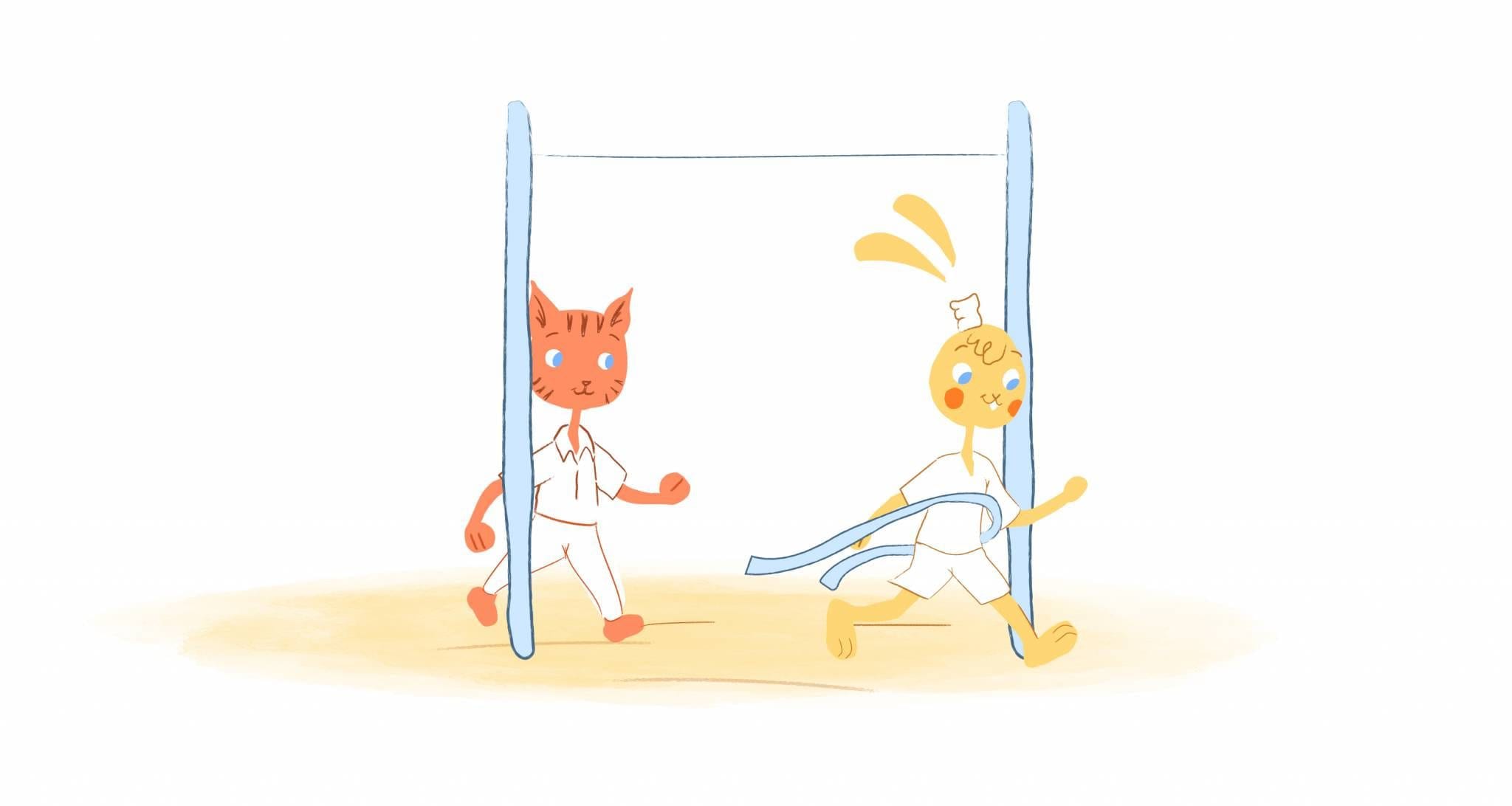

According to a study conducted by Verizon Business, meetings are the number one time waster in the workplace. That’s because most meetings are unorganized, have no purpose, and go so off-topic that the meetings runs longer than it has to.
The easiest way to solve this problem? Create a meeting agenda. This not only reduces time and resources, it also give speakers time to prepare, encourages participation, and keeps the meeting on-track. We’ve analyzed over 6 million meetings and found that meetings with an agenda on average end 8 minutes earlier than ones without an agenda. With the average person in 5 meetings a day, that’s a savings of 3.3 hours a week for every employee involved.
However, if you’ve never created a meeting agenda before you probably don’t know where exactly to start. Thankfully you can refer to this article since it will give you pointers on how to create an agenda that really works.
Prepare your agenda early.
Your meeting is scheduled for Wednesday at three pm. Do you think you should start working on the agenda Wednesday morning? I would hope not.
Instead of waiting until the last minute, start creating your agenda in advance. There’s no exact time frame here, but I would recommend at least three days in advance. This gives you plenty of time to create a professional document and make any changes based on feedback from your team.
Furthermore, when you have the agenda created in advance, you can send it out to those attending the meeting. This way they know exactly what to expect and can prepare accordingly.
As the wise Benjamin Franklin said, “By failing to prepare, you are preparing to fail.”
Start with the basics.
When you sit down to start creating your agenda start with the basics, such as:
- What time will the meeting start and end? This should be short as possible, ideally 20-30 minutes.
- Who are the necessary participants? Invite as few people as possible.
- Where will the meeting be located? If meeting off-site, think of a location that’s convenient and suits your needs. If it’s a virtual meeting, include dial-in information.
This gives you the foundation to build your agenda on. And, because this should only take a couple of minutes, it’s not a task that you makes you procrastinate. In fact, once you just get started you’ll notice how quickly you’ll complete your next meeting agenda.
Clearly define your meeting objective.
Now it’s time to actually create the meeting agenda. As you do this think about what the goal of the meeting needs to be. It should also focus on what needs to be discussed, as well as the desired outcomes.
For example, if you’re planning a brainstorming session, then your objective could be to have your team develop two potential ideas. Once the best idea has been chosen, the team develops a plan to turn the idea into a reality.
Seek input from attendees.
Want your meeting to be productive? Then you need to make sure that invitees are engaged. The easiest way to do this is by seeking input from them.
If you’re planning a team meeting, ask your team members to suggest agenda items. Make sure they also provide a reason why this item should be discussed. If you don’t include the item, make sure you explain your decision. You may also be able to discuss the item one-on-one with the person.
Prioritize agenda items.
As you outline the items that will be discussed, add them to the agenda in order of importance. This way the meeting won’t run overtime. To ensure that the meeting is short and concise, keep the agenda to around five topics.
I would also break these topics down into key points so that everyone can see the key points. This will create a more focused discussion during the meeting.
List agenda topics as questions.
It’s not uncommon for agenda to have topics items listed as random phrases. It could something like “client project development.” I’m sure everyone gets the jest, but what exactly about the client’s project development is being discussed? Your team will no doubt be curious about that.
Instead, ask agenda topics as questions. In this case, “What resources are needed for developing a project for a client?” It’s more specific and allows attendees to better prepare for the meeting.
Allow adequate time.
This is tricky. As a general rule, however, it’s often guided by the content. For example, you don’t need to spend 10 minutes on your introduction. It should be around two minutes. You should at least plan to spend 10 minutes on your most important topic.
Again, your meeting should be no longer than 30 minutes. If it’s more, you may want to trim things down. If the meeting concludes in 20-minutes, that’s perfectly fine — and I don’t think anyone will complain because who doesn’t like getting out of a meeting early?
Include other pertinent information.
This could be naming the individual responsible for taking minutes to asking attendees to read an attached document. This way everyone knows what to expect and what they’re responsibilities will be.
Specify how members should prepare for the meeting and who’s leading each topic.
You should share the agenda with those attending at least 24 hours in advance. This way they can read any background materials and prepare any thoughts, questions, or concerns for each item.
Additionally, include a list of the roles and responsibilities for everyone in attendance. This will ensure that the meeting runs as smoothly as possible.
Identify the next steps.
After you’ve discussed the key topics and have made decisions, plan a couple of minutes to discuss the next steps — these are usually targeted goals. This way your next meeting will already have a purpose — which means it will be easier to write the outcome and agenda the next time around.











Howie Jones
My name is Howie and I'm a Customer Success Manager at Calendar. I like to ensure our customers get the best experience using our product. If you have questions email me howie at calendar.com